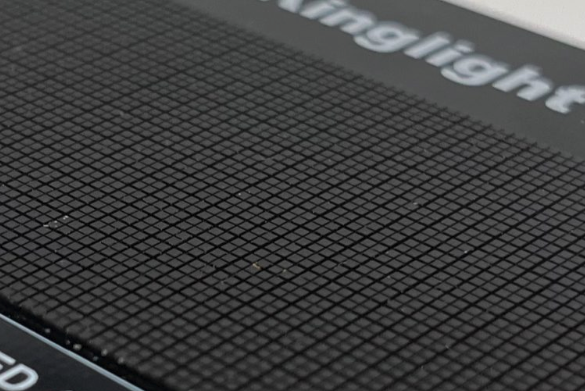SMD LED (Surface Mounted Device Light Emitting Diode) technology has revolutionized the lighting and display industries with its compact design and impressive efficiency. Unlike traditional LEDs with wire leads that go through holes in circuit boards, SMD LEDs are mounted directly onto the surface of PCBs, allowing for slimmer profiles and automated manufacturing processes.
Types of SMD LEDs
Several common SMD LED types are categorized by their dimensions. The most popular include:
- 3528: Measuring 3.5mm × 2.8mm, these are among the smallest SMD LEDs, typically producing lower brightness but consuming minimal power.
- 5050: At 5.0mm × 5.0mm, these are larger and brighter than 3528s, often containing multiple LED chips in a single package for enhanced light output.
- 2835: A newer and more efficient design measuring 2.8mm × 3.5mm, these offer improved heat dissipation and higher brightness compared to similar-sized alternatives.
- 5730: Measuring 5.7mm × 3.0mm, these provide even greater brightness and efficiency, making them suitable for high-performance lighting applications.
Key Features of SMD LEDs
SMD LEDs offer numerous advantages over traditional lighting solutions:
- Compact Size: Their small footprint allows for sleeker product designs and more versatile applications.
- Energy Efficiency: SMD LEDs convert more electricity into light and less into heat, resulting in lower power consumption.
- Long Lifespan: With proper thermal management, SMD LEDs can last 25,000-50,000 hours or more.
- Design Flexibility: Available in various color temperatures and RGB options, they offer creative lighting possibilities.
- Improved Heat Dissipation: The direct surface mounting provides better thermal pathways for heat management.
Applications of SMD LEDs
The versatility of SMD LEDs has led to their adoption across numerous industries:
- Residential and Commercial Lighting: SMD LEDs are commonly found in modern light bulbs, downlights, and panel lights due to their efficiency and longevity.
- Display Technology: They power everything from smartphone screens to large-scale digital billboards, offering vibrant colors and high resolution.
- Automotive Lighting: Dashboard indicators, headlights, and interior lighting increasingly utilize SMD technology for better performance and design flexibility.
- Electronic Devices: Status indicators, backlighting for displays, and decorative elements in consumer electronics frequently employ SMD LEDs.
- Architectural Lighting: Their compact size allows for creative integration into building designs, highlighting architectural features with minimal visual intrusion.
As lighting technology continues to evolve, SMD LEDs remain at the forefront, offering an optimal balance of efficiency, performance, and versatility for countless applications.

